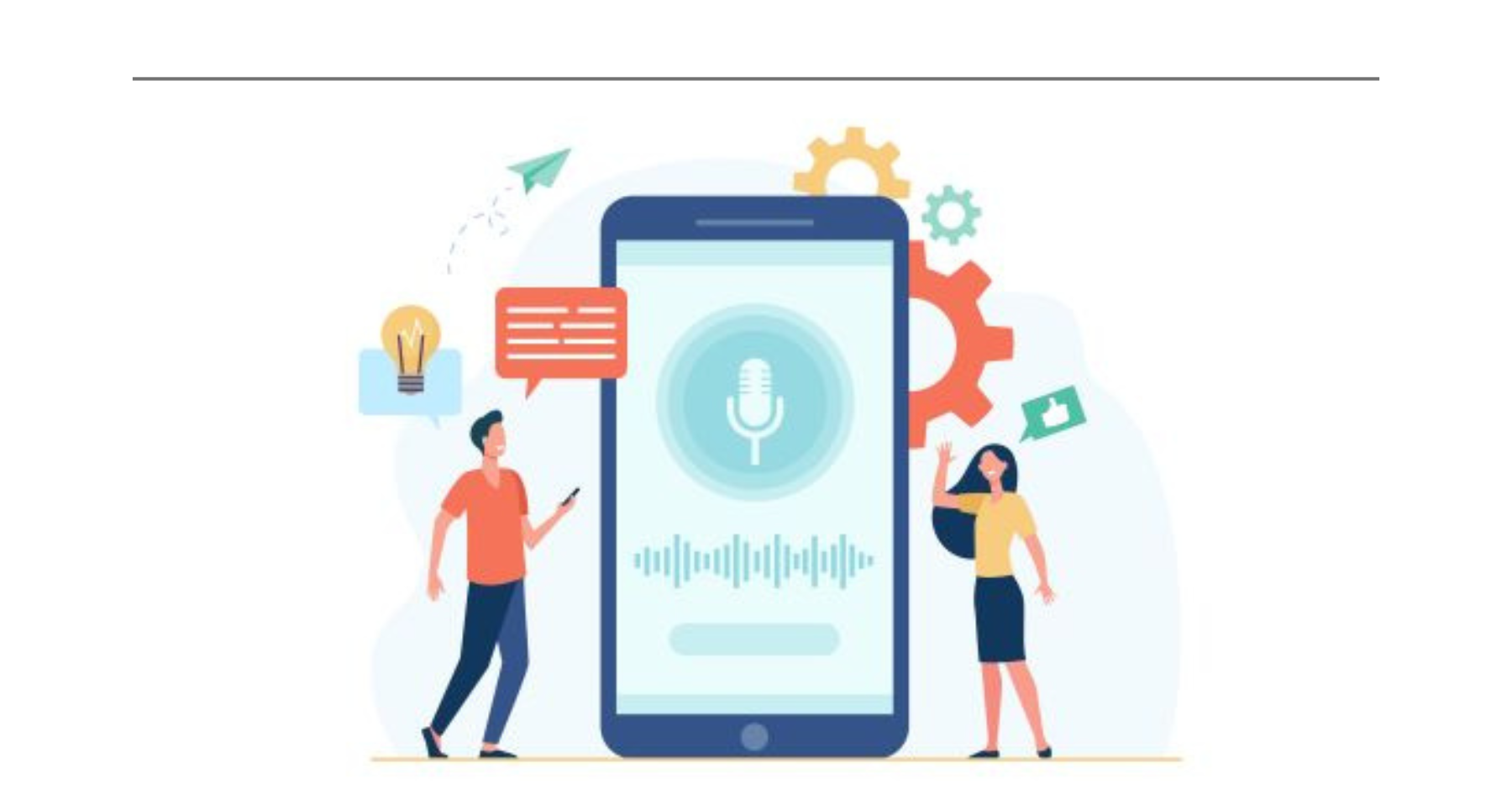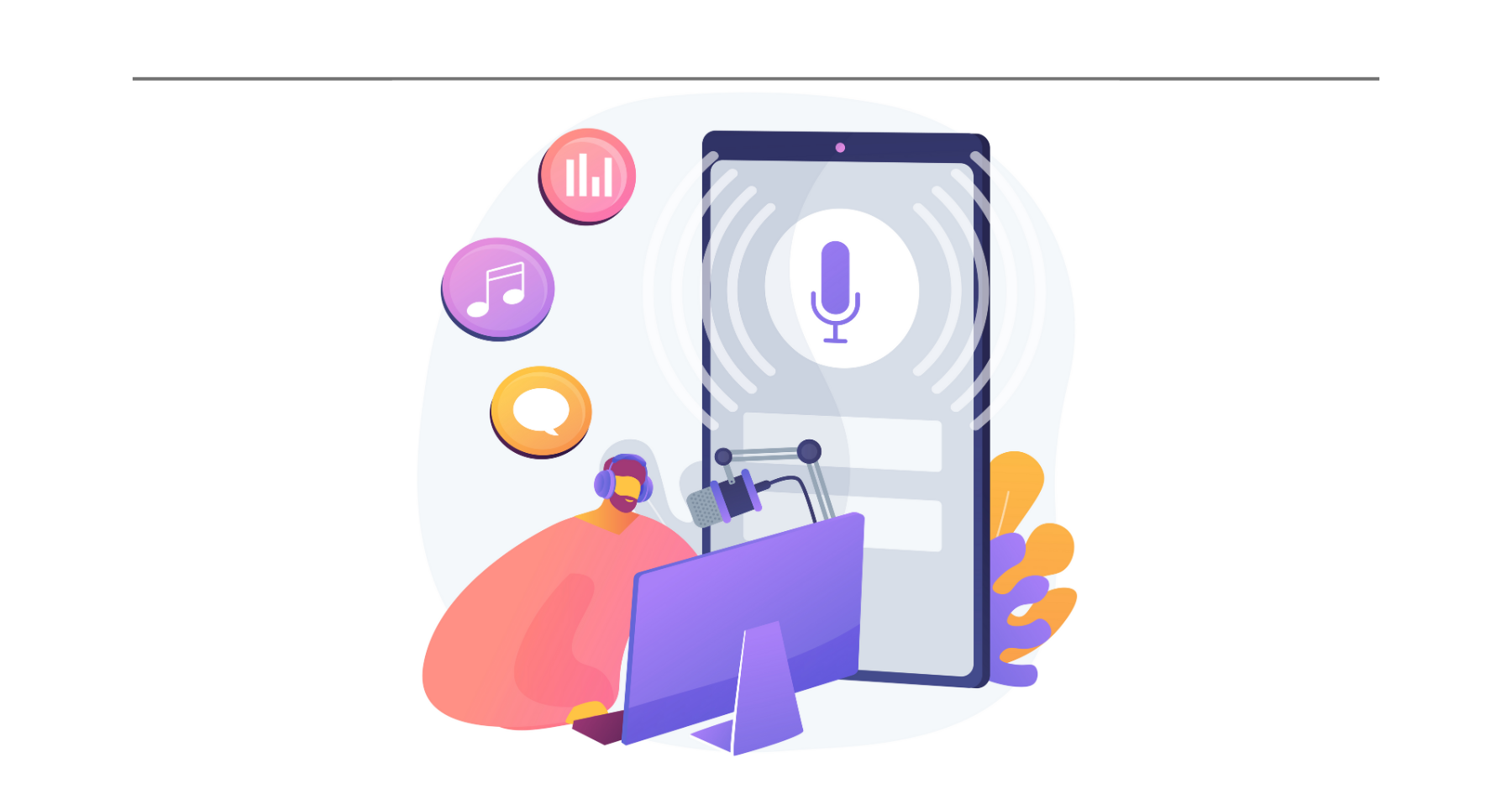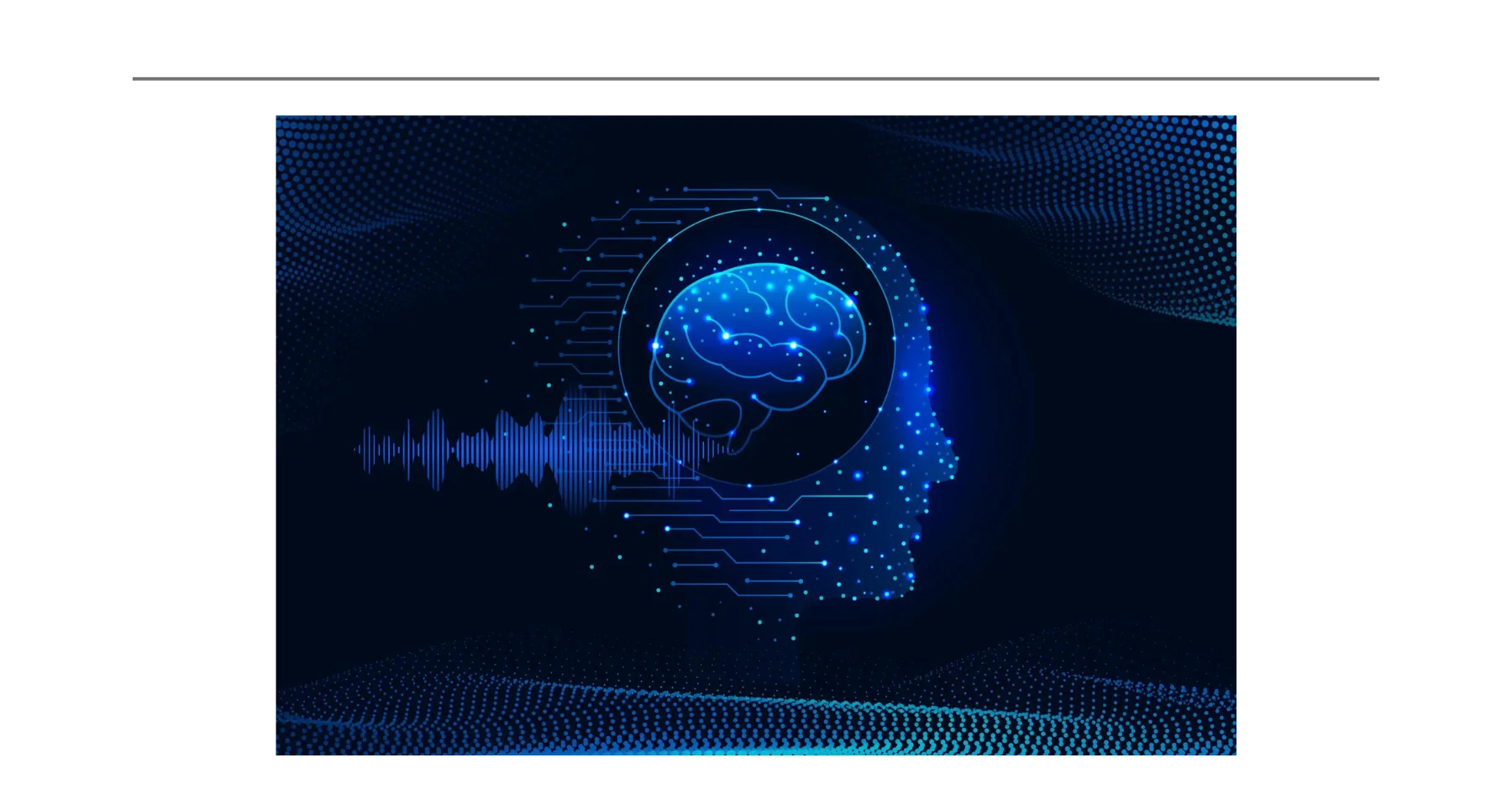Accessible data and analysis: How Voice Assistants Serve the Enterprises
With the advent of speech technology, the industry has witnessed various breakthrough changes in speech data and analysis. Organizations and enterprises around the globe now are employing speech and voice recognition systems in their premises to monitor and enhance a number of operations such as meetings, conferences, voice bots for sales and support, telephony and …




